

— Blogs —
—Products—
 Consumer hotline +8618073152920
Consumer hotline +8618073152920 WhatsApp:+8615367865107
Address:Room 102, District D, Houhu Industrial Park, Yuelu District, Changsha City, Hunan Province, China
Product knowledge
Time:2022-07-01 22:12:40 Popularity:846
What three parameters does the soil three-in-one sensor refer to? Conventional measurement parameters include these three!
There are many types of sensors, such as soil temperature, humidity, salinity, conductivity sensors, etc. In actual agricultural production, there are many parameters to be monitored, so a multi-parameter instrument such as a soil three-in-one sensor was born. What three parameters does the soil three-in-one se
nsor refer to? Conventional measurement parameters include soil moisture, temperature, conductivity and so on.
The three-in-one sensor refers to parameters such as soil temperature, moisture, and conductivity. Users can reasonably choose the matching scheme of sensors according to their own needs, so as to accurately measure detailed soil parameters.
The NBL-TMC sensor has high measurement accuracy, fast response speed, and very stable output. This kind of sensor can observe all kinds of soil. The electrode of the equipment is made of alloy material with special treatment, so it can not only withstand strong external force impact, but also is not easy to be damaged.
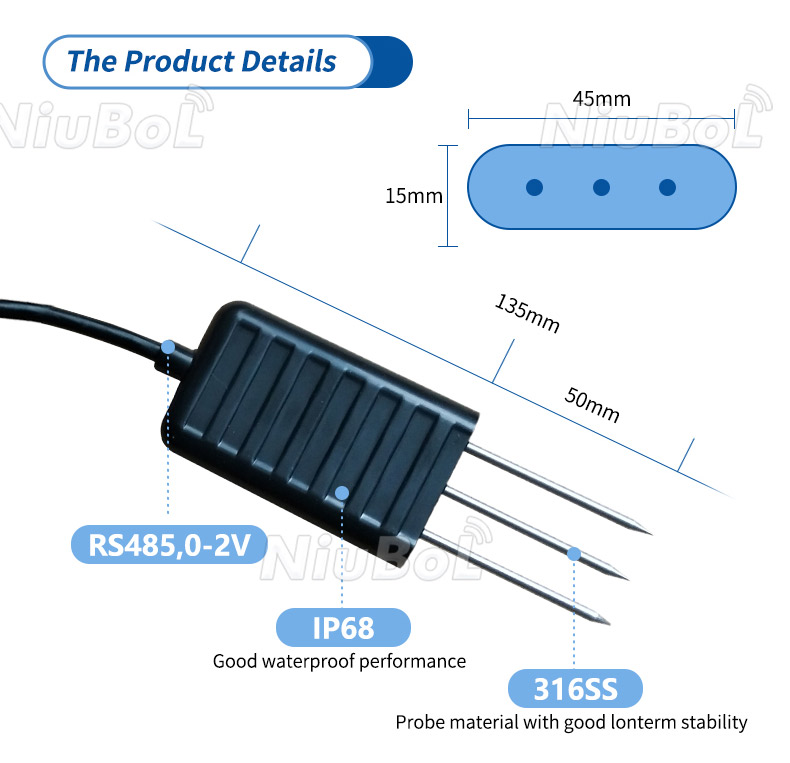
1. Temperature
The instrument can measure the temperature of a variety of powdered porous media and liquids. It consists of a power module, a temperature sensing module, a transmission module, a temperature compensation module, and a data processing module. Therefore, the measurement accuracy is high, and stainless steel is used as the probe. , strong corrosion resistance, and can be designed into different shapes according to the needs of users, so as to facilitate people to measure.
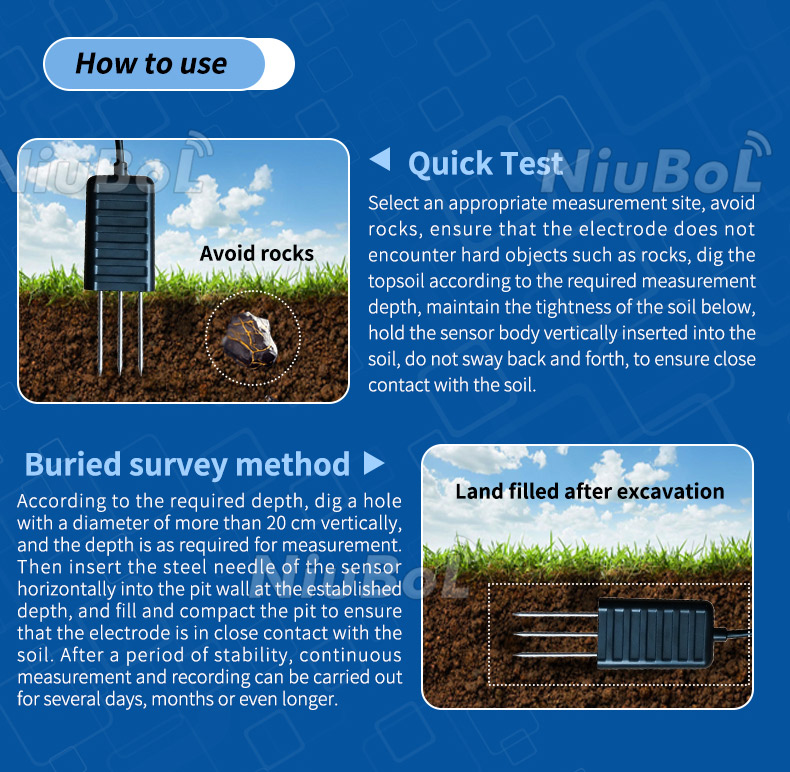
2. Moisture
It adopts high-frequency electronic technology and applies the principle of frequency domain reflection, which can accurately measure the moisture content in the soil. The proper amount of water in the soil can ensure the normal growth of plants. Through the absorption of roots and photosynthesis of leaves, it can promote the accumulation of dry matter and increase the yield of plants.
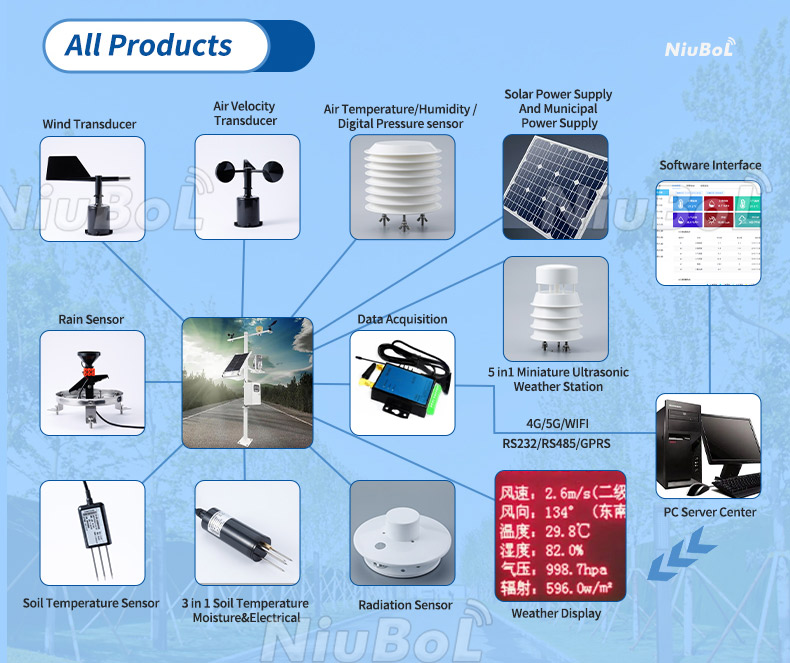
3. Conductivity
Measuring soil conductivity can monitor soil acidification and secondary salinization to determine whether the current soil is suitable for crop growth. Monitoring soil conductivity can understand the quality and physical properties of the soil, and analyze the differences in the spatial and temporal distribution of field parameters, thus laying a good foundation for modern precision agriculture.
Through the data collector and meteorological software, the detailed data of the soil can be quickly analyzed, which is convenient for people to know the growth status of plants at all times.
Prev:Ultrasonic weather station manufacturer quotation
Next:Instruments and equipment included in the campus weather station
Sensors & Weather Stations Catalog
Agriculture Sensors and Weather Stations Catalog-NiuBoL.pdf
Weather Stations Catalog-NiuBoL.pdf
Related recommendations
Related products
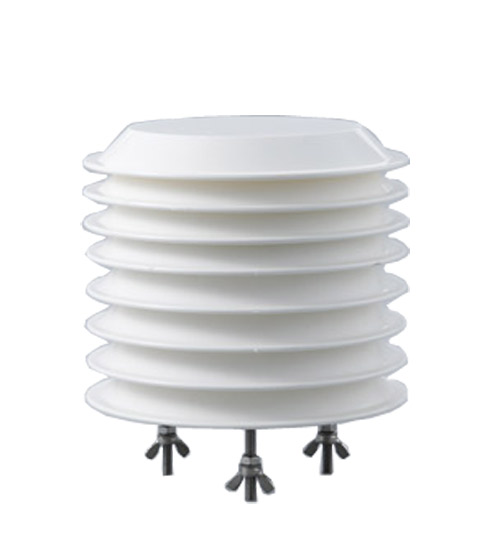 Atmospheric Temperature Humidity Pr···
Atmospheric Temperature Humidity Pr···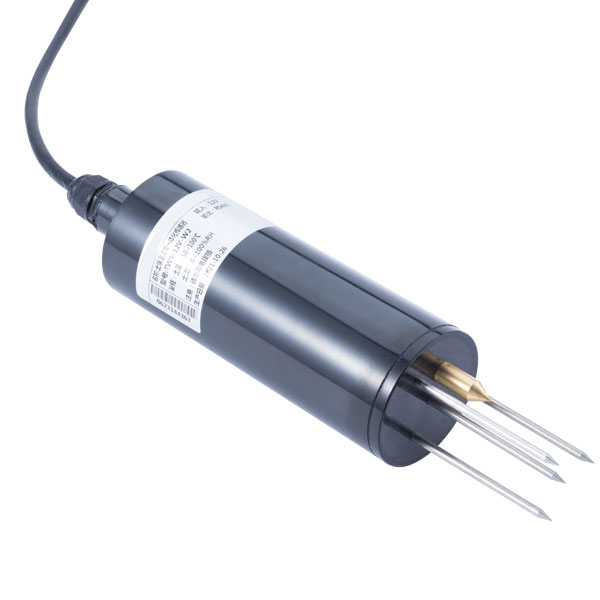 Soil Temperature Moisture Sensor 4-···
Soil Temperature Moisture Sensor 4-··· Air temperature, humidity and atmos···
Air temperature, humidity and atmos···
Screenshot, WhatsApp to identify the QR code
WhatsApp number:+8615367865107
(Click on WhatsApp to copy and add friends)